Financing Southeast Missouri’s energy transition
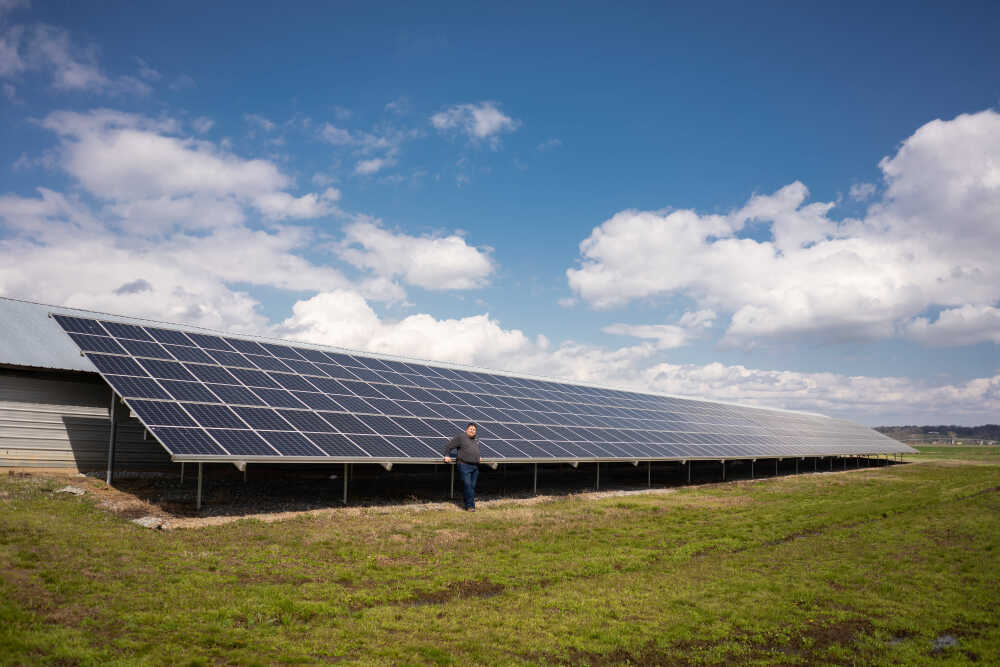
When you think of rural Southeast Missouri, what comes to mind? For the folks who call the region home, perhaps it’s the 1,000-acre soybean farms covering the back roads on your morning commute or the small businesses where the owners know you on a first name basis. Most people would agree the network of small businesses and agricultural industries are essential to Southeast Missouri’s identity and heartbeat, but very few consider how it’s all powered, which is rapidly shifting.
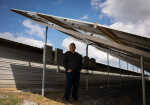
A Feb. 26 article published by the Energy Information Administration anticipates more than half of new U.S. electric-generating capacity in 2023 will be from solar.
The presence of solar, along with other sustainable energy sources, has greatly expanded thanks to declining installation costs and policy measures such as the Inflation Reduction Act (IRA) of 2022. The IRA, signed into law by President Biden last August, aims to advance the country’s overall clean energy transition and mitigate the effects of climate change, and Southeast Missouri is uniquely positioned to utilize the additional $2 billion set aside for the Rural Energy for America Program (REAP), offered through the U.S. Department of Agriculture (USDA).
What REAP provides
REAP is available to agricultural producers and small businesses in eligible areas and provides guaranteed loan financing and grant funding that the White House anticipates will support clean energy and energy efficiency improvements for more than 41,500 Americans, until the program closes in 2031.
Specifically, REAP guarantees loans for up to 75% of eligible project costs and grants of up to 40% of eligible project costs. This could significantly reduce the barriers for farmers and small business owners to fund renewable energy systems like solar, in addition to energy efficiency improvements such as insulation, lighting and HVAC units. While REAP’s presence is expanding, it is by no means a new measure, having first been introduced as part of the 2008 Farm Bill.
Agricultural benefits
The increased funding and expansion of REAP will undoubtedly create more awareness, but several small businesses in Southeast Missouri are ahead of the curve, such as Tetley Company, LLC in Oran, Missouri.
Owner Danny Tetley has been self-employed for the past two decades and has been in the chicken business as a poultry producer for the last five years.
Tetley received a REAP grant in 2021 which allowed him to construct a 150kWDC solar array, greatly reducing his business’s grid dependence and consumption.
“Absolutely [the REAP program] has helped us tremendously in our savings on our electrical usage,” Tetley said.
Tetley said he beat his initial payback period expectations significantly. While the economic incentives are certainly relevant, Tetley originally became interested in pursuing the project because of his and his wife’s interest in renewable energy and protecting their environment.
The Environment Protection Agency (EPA)’s equivalencies calculator estimates the first-year production of a similarly sized project, in roughly the same location, is the equivalent to approximately 1,875 metric tons of carbon dioxide emissions, or over two million pounds of coal burned.
He is currently considering adding more solar panels, as well as exploring other technologies such as geothermal heat pumps to aid in the heating and cooling of his poultry houses.
“If we can heat and air condition our poultry houses, we can lower the relative humidity in those houses by probably eight or 10 points, producing a more healthy bird and save more electricity doing it,” Tetley said.
Advantages for small
businesses
Craig and Patty Claney had a similar experience with the REAP program to help fund a solar array currently sitting atop their growing business, Parkland RV Center, in Leadington, Missouri.
The couple previously owned an RV park and purchased the Parkland RV Center dealership in 2018 where they offer a wide variety of RV parts, accessories and inventory. As the business continues to flourish, Craig emphasized the importance of making good investments, which initially led them to consider solar.
In addition to powering the main building, Craig said the dealership could have as many as 10 RVs plugged-in at any given time
“Our power consumption was more than I had really thought about until we looked at solar, but I can tell you my last month’s bill was $8,” Craig said. “The bill is miniscule compared to what it used to be. It’s just been positive all the way around.”
The 9.5kWDC rooftop solar system enables the Claneys to offset a significant portion of their electrical usage from the grid, slashing their previous costs in half. The Claneys also consider the environmental impact their investment is making.
“We don’t inherit from our ancestors but borrow from our children,” Craig said.
The Claneys emphasized there are plenty of resources available to help small business owners, including REAP.
“There’s programs, opportunities and money out there. You just have to look for them and pursue them,” Craig said.
Increased interest from a
developer’s perspective
As renewable energy projects become increasingly popular among savvy small business owners and entrepreneurs, companies specializing in solar design and construction have also felt the positive effects of REAP. This includes Overland Park, Kansas-based company Artisun Solar.
Founded in 2011, Artisun Solar is a veteran-owned small business providing solar energy consultation and installation services for businesses in Southeast Missouri and other regions of the Midwest.
“We’ve booked as much business from January 4 to March 1 [of 2023] than all of 2022. [This is] mainly because of the REAP program,” said Mat Kiefer, vice president of Artisun Solar.
REAP has been available through the USDA since 2008, for the entire duration of Kiefer’s career in the solar industry, and the source of recent growth can likely be attributed to the increased level in funding.
Since the IRA was signed in 2022, the REAP program has been allocated 10 times the national funds it has received in the past. This increased funding is certainly accelerating development in the renewable energy space, but so is another factor — rising energy costs. As the cost of electricity continues to increase, so does the appeal of clean energy investments.
“Inflation and the cost of power going up has been more on the forefront of people’s minds in the last two years than [any other] time I’ve talked to people. It hasn’t been a pinpoint in people’s minds in the Midwest for a long time and now it’s starting to become one,” Kiefer said.
Given the opportunity for small businesses to utilize available incentives and reduce operating costs, Kiefer advises that profitable businesses should evaluate the potential benefits of solar energy.
Moving Forward with REAP
The renewable energy industry is entering an inflection point and it’s no question that Southeast Missouri has a unique opportunity to “REAP” the benefits. As more local businesses and farmers take advantage of the incentives, it’s likely the anomaly of renewable energy projects in the area will become the norm.
Whether you’re traveling through the backroads of Oran or considering your next RV purchase in Leadington, don’t be surprised the next time you look up and see solar panels spread across the rooftops.
Learn more about the REAP program and available funding on the U.S Department of Agriculture’s website at rd.usda.gov/programs-services/energy-programs/rural-energy-america-program-renewable-energy-systems-energy-efficiency-improvement-guaranteed-loans.


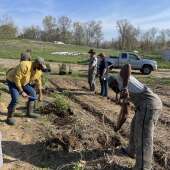







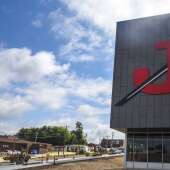
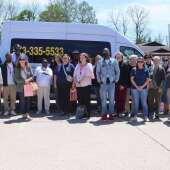
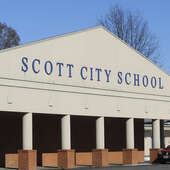

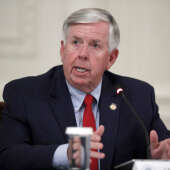














Respond to this story
Posting a comment requires a subscription.